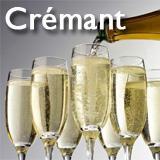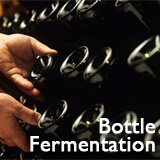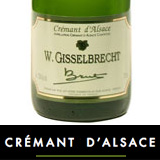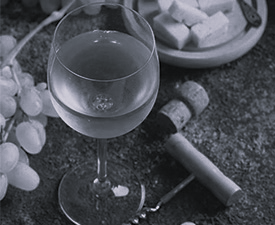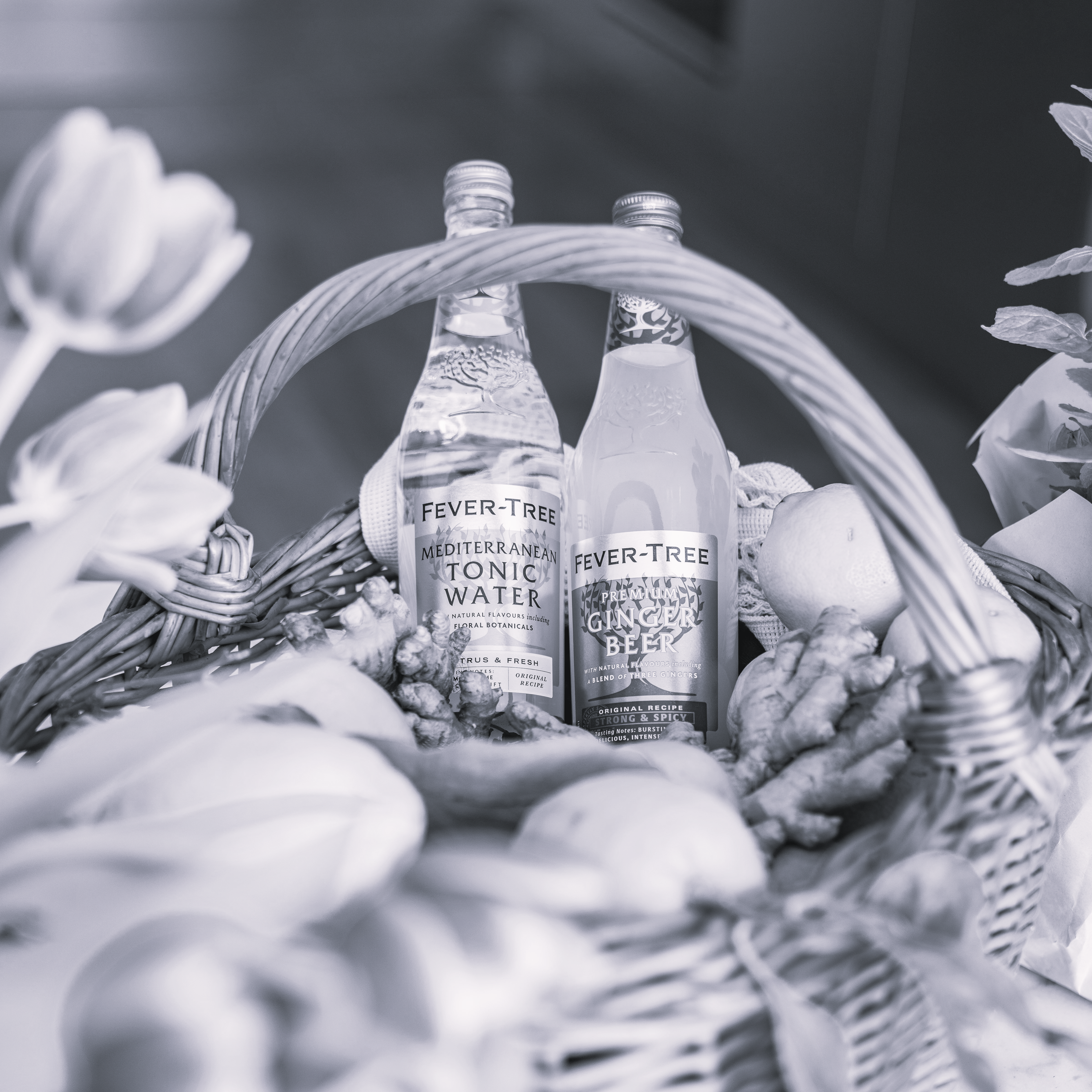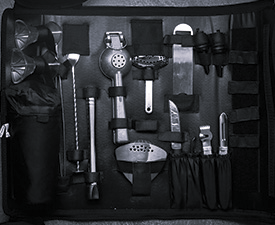The word Cremant is used for sparkling wines from France that are made outside the designated Champagne area, but employ the same methods as those used in Champagne. Several sparkling wine appellations in France were given the use of this word in the 1980s with an agreement that they would no longer use the term 'Methode Champenoise', which has now been replaced with the term 'Methode Traditionnelle', or 'Traditional Method'.
Sparkling wines designated Cremant have to fulfill strict production criteria. In France, there are 7 appellations for the designation Cremant:
Cremant d'Alsace - (AOC 1976)
Cremant de Bordeaux
Cremant de Bourgogne - (AOC 1975)
Cremant de Die
Cremant du Jura
Cremant de Limoux
Cremant de Loire - (AOC 1975)
There is also a Cremant designation outside of France: Cremant de Luxembourg.
French appellation laws dictate that a Cremant must be harvested by hand with yields not exceeding a set amount. The wines must also be aged for a minimum of one year. The Loire Valley is France's largest producer of sparkling wines outside of the Champagne region. The majority of these 'Cremant de Loire' are a blend of; Chardonnay, Chenin Blanc and Cabernet Franc. AOC laws do allow cuvees with Sauvignon Blanc, Cabernet Sauvignon, Pinot Noir, Gamay, Cot, Pineau d'aunis and Grolleau but those grapes are rarely used in a significant amount. In Burgundy, AOC laws require that Cremant de Bourgogne be composed of at least thirty percent Pinot Noir, Chardonnay, Pinot Blanc or Pinot Gris. The Languedoc wine Cremant de Limoux is produced in the 41 villages around the village of Limoux in the south of France. The wine is composed primarily of the indigenous grape Mauzac with some Chenin Blanc and Chardonnay.
Since the designation Cremant is not reserved exclusively for French use (as a result of it replacing Methode Champenoise), it may also be used by producers in other EU countries which fulfill the production criteria, although such usage is rare.
